Tornjak
The Tornjak is a fairly large breed developed in the mountainous region of Croatia and Bosnia and Herzegovina. You can easily recognize these dogs because of the thick, wooly coat they have developed to keep warm in the high altitudes where this breed had to work. It might not be the biggest livestock protector, but it is undoubtedly one of the most reliable. It has been used in those areas to protect livestock for over a thousand years.
If you want to get a large mountain dog as a pet, the Tornjak might just be your breed. As pets, these dogs are calm and docile; you can be sure they will protect you and your family with their lives. If you decide to go for these dogs, you will get a devoted companion that is very friendly and an excellent watchdog.

Height:
23-28 in (58-71 cm)

Weight:
62-110 lb (28-50 kg)

Origin:
BiH, Croatia

Life Expectancy:
12-14 years
Dog Breed Characteristics
Appearance
These large dogs, with their square build, are physically impressive beings. Despite this, they are known to move with relative grace and agility, allowing them to take chase quickly when necessary. Their wedge-shaped head is not overly large, with dark, almond-shaped eyes and a powerful jaw.
For protection, their floppy ears are set close to the face and covered in dense fur. Similarly, their thick neck has a nearly impenetrable fur covering – an absolute necessity when fighting off predators. When the Tornjak is inactive, their shaggy tail isn’t really active, and it is usually pointed downwards.
Female breed members stand between 23 and 25 inches tall at the withers, while males stand between 25 and 28 inches tall. Females weigh between 62 and 88 pounds, while males weigh between 75 and 110 pounds.
Coat type
The Tornjak's thick, woolly double coat is one of their most distinguishing features. The Tornjak's coat is designed to protect the dog from the cold and harsh weather of their native habitat. However, in warmer weather, they will shed the thick coat for a lighter summer coat. The breed has a long, straight, hard-textured topcoat with shorter hair on the face and front legs.
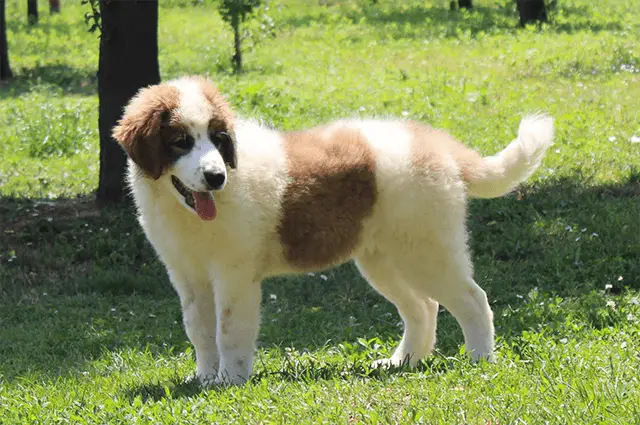
Coat color
White, black, yellow, brown, red, gray, and any combination of these colors are common for this breed, though the two main types are piebald and Irish spotting.
Temperament
The Tornjak is a highly intelligent, trainable, and obedient dog. This breed's calm demeanor combines with a steady disposition and is full of dignity and self-confidence. Tornjaks have outgoing personalities and are deeply committed to their immediate families. These dogs are known for lavishing affection on their owners. Still, they are also wary of strangers, especially those the dog perceives as threatening.
This breed's owners should be aware that it is fearless in the face of danger and fiercely protects its flock. When necessary, the Tornjak acts with swift and appropriate aggression, but at home, it is laid-back and relaxed.
Because of its origins as a guardian breed, the Tornjak is protective of livestock even today. Still, they can be aggressive with other dogs (especially those it doesn't know). Some Tornjaks may get along with a family cat, but not all will be able to live peacefully with cats. While this breed is not for everyone, it can be a devoted companion for the right owners.
Care guide
Tornjak puppies appear blurry because they are so fuzzy. These big, adorable floofs will melt your heart the moment you see them, especially because they're as clumsy as they are cute. They are, however, large dogs that require proper care. The following are the most important things you must provide for your Tornjak.
Grooming
While their luscious coat is one of the breed's main draws, it does necessitate some maintenance. It should ideally be brushed thoroughly several times per week, especially in working dogs since they’re prone to matting. Each time they come in from the outside, check their body (especially their ears and paws) to ensure no brambles, thorns, or grass awns hide in their long, thick coats.
When it comes to tasks like ear cleaning and nail clipping, such a large breed of dog needs to be taught good manners from a young age. To encourage willing participation, these chores should become part of the dog's normal routine and can be rewarded with tasty treats. Regularly inspect their ears. Flopped ears create the ideal warm, dark, moist environment for yeast and bacteria. Ear cleaners can be used to keep your Tornjak's ears clean.
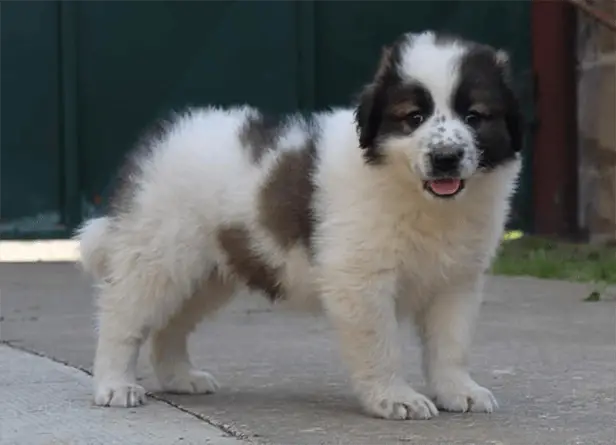
Dental care is another important aspect of grooming. This is something that many dog owners overlook. Infections inside the mouth, on the other hand, can be fatal. Brush your Tornjak's teeth while they're still puppies. If you cannot perform this task, a professional dental cleaning every 6 months to a year is a good alternative. You can also include dental chews that will aid in the cleaning of your dog's teeth.
Training
When it comes to tasks like livestock shepherding or flock guarding, the Tornjak excels naturally and rarely needs to be taught. Because they are naturally independent and decisive, it can be challenging to train them to perform tasks that are not intuitive to them, such as agility. Regardless, they are quick to learn, and trainers who are patient and consistent should see good results.
Their adaptability and eagerness to learn have earned them a reputation as hardworking students. Anecdotally, the Tornjak is said to have an excellent memory and rarely needs to be taught the same thing twice. Training should be an essential part of the life of such a large dog. You don't want to end up with a large, powerful dog who is misbehaving.
Socialization
These dogs are instinctively protective. That is to say; they are not immediately friendly to everyone. That can be influenced by socialization. Take your Tornjak puppy out in public places, such as dog parks or busy streets. They will be exposed to various people, objects, and dogs. The puppy will become accustomed to these situations and know how to respond.
Tornjak and kids
Tornjaks make excellent family pets because they are gentle and patient with children. They're not high-strung, but if your kids want to play, they can run for days, giving you the best of both worlds.
Because they are tough animals, children can run into them and climb all over them without fear of injuring them. They're patient enough to tolerate such behavior. However, you should still limit it because you don't want them to lose their cool if your child inadvertently hurts them.
Tornjak and other pets
Tornjaks get along well with dogs and other pets in general. They don't have a strong prey drive, so they won't chase after your cat, and they enjoy playing and welcoming other dogs into the house.
On the other hand, these dogs are, first and foremost, protective of their owners. That means a Tornjak will react without hesitation if any animal poses a threat or acts aggressively toward their humans.
As a result, they should be fine with the animals they've grown up with. Still, they may need to be monitored around unfamiliar animals. At the dog park, you'll need to keep a close eye on them.
Exercise needs
The Tornjak enjoy the opportunity to exercise whenever possible, with at least two long walks per day required to keep them happy. They enjoy being exercised with other dogs because they are fairly social. They would ideally have access to a large, fenced garden and be able to stay outside for extended periods of time, even in cold weather.
It is critical not to overwork Tornjak puppies when they are young, as this can lead to joint problems later in life. Off-lead work should be encouraged once fully developed because they enjoy the freedom it provides. They should not be limited to small apartments due to their size.
Health
The Tornjak is often heralded as a dog with "no medical issues." The Tornjak indeed has relatively few health complaints. This is most likely due to a lack of inbreeding over time. The Tornjak can live up to 14 years old, which is impressive for a dog of its size, but there are a few things an owner should be aware of:
- Hip dysplasia - A condition that affects many medium and large dogs. Hip dysplasia is the result of improper hip development.
- Obesity - These dogs enjoy eating, and if they are kept as pets, they may not be as active as they once were. As a result, they are prone to gaining weight, which can lead to various health problems.
Breeders
If you believe this is the breed for you, whether you want a Tornjak for work or a family pet, you should seek out the best Tornjak breeder possible. Tornjaks are large and powerful dogs, so selecting a dog with the right personality is critical. The good news is that great Tornjak breeders breed dogs for their personalities as well as their looks.
Photos by: Dragan Cvitkusic
World Dog Finder team

Updated at07.09.2023.
Breed History
The Tornjak (pronounced Torn-yak) is one of the true ancient dog breeds, with records dating back millennia. The Tornjak's purpose has always been to be a shepherd dog. Their main tasks included watching over and guarding livestock in both Croatia and Bosnia and Herzegovina.
Some believe Tornjak-type dogs date back over 1000 years, possibly even back to Roman times. They were most likely used in dogfights as well as to protect people and their property. It is thought that the Tornjak is a descendant of the Tibetan Mastiff.
As nomadic shepherding has declined and new dog breeds and farming methods have been introduced to the area, the Tornjak has gradually fallen out of favor in its homeland, and its population numbers have dwindled. In response, zoologists began compiling all of the breed's documented history in the 1970s, proving their true antiquity. The Croatian Kennel Club launched a breeding program in 1982 to combat the Tornjak's extinction, and the first breed standard was written several years later in Bosnia.
This breed was provisionally accepted into the FCI in 2006 and is classified as a guardian dog by the UKC. Nowadays, there is a concerted effort to return the breed to its original purpose. It is not uncommon for local groups to donate Tornjak dogs to farmers to protect their livestock. This has already been shown to be effective in reducing the number of attacks by large predators such as wolves.
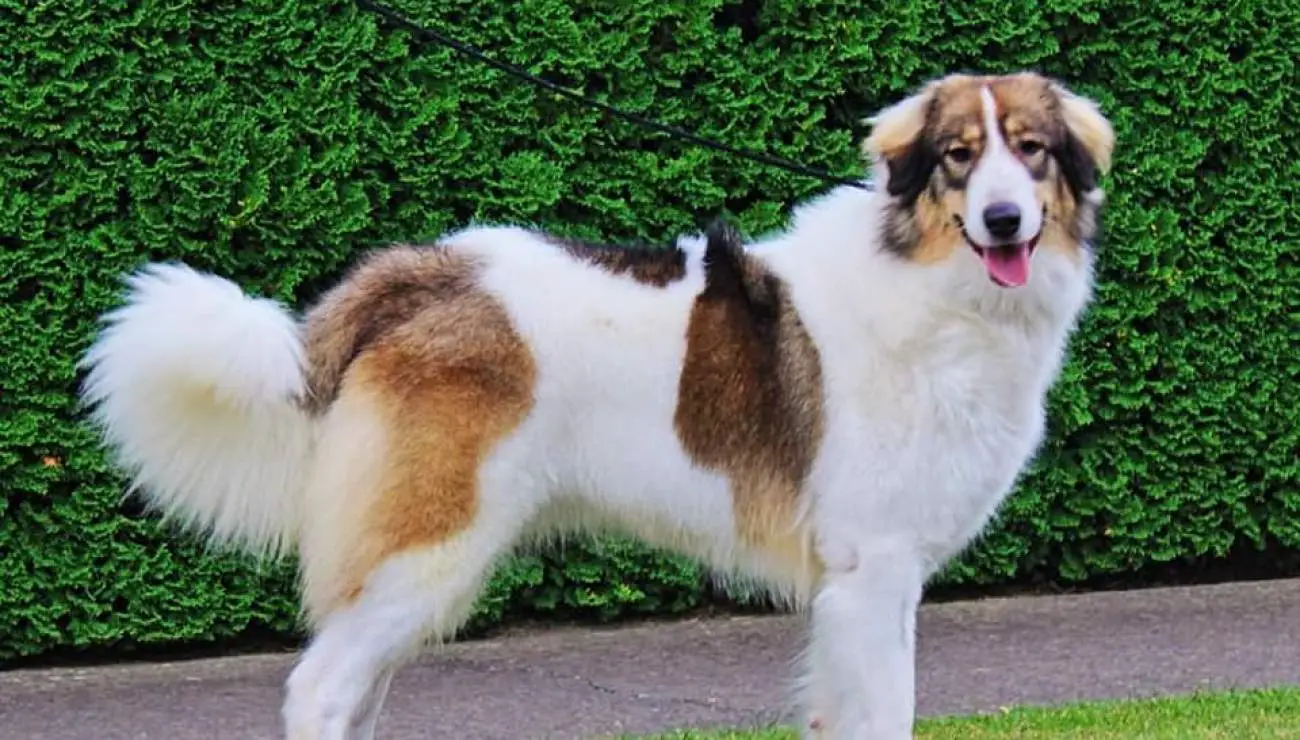
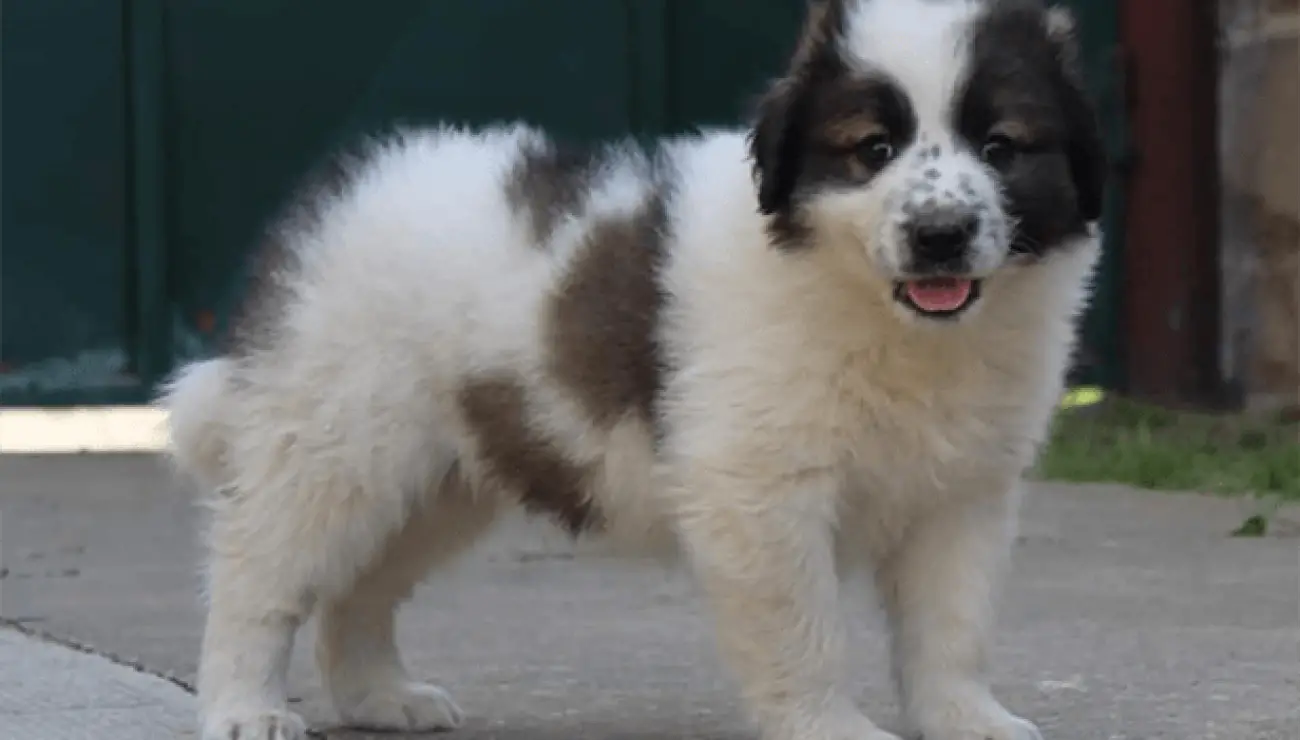
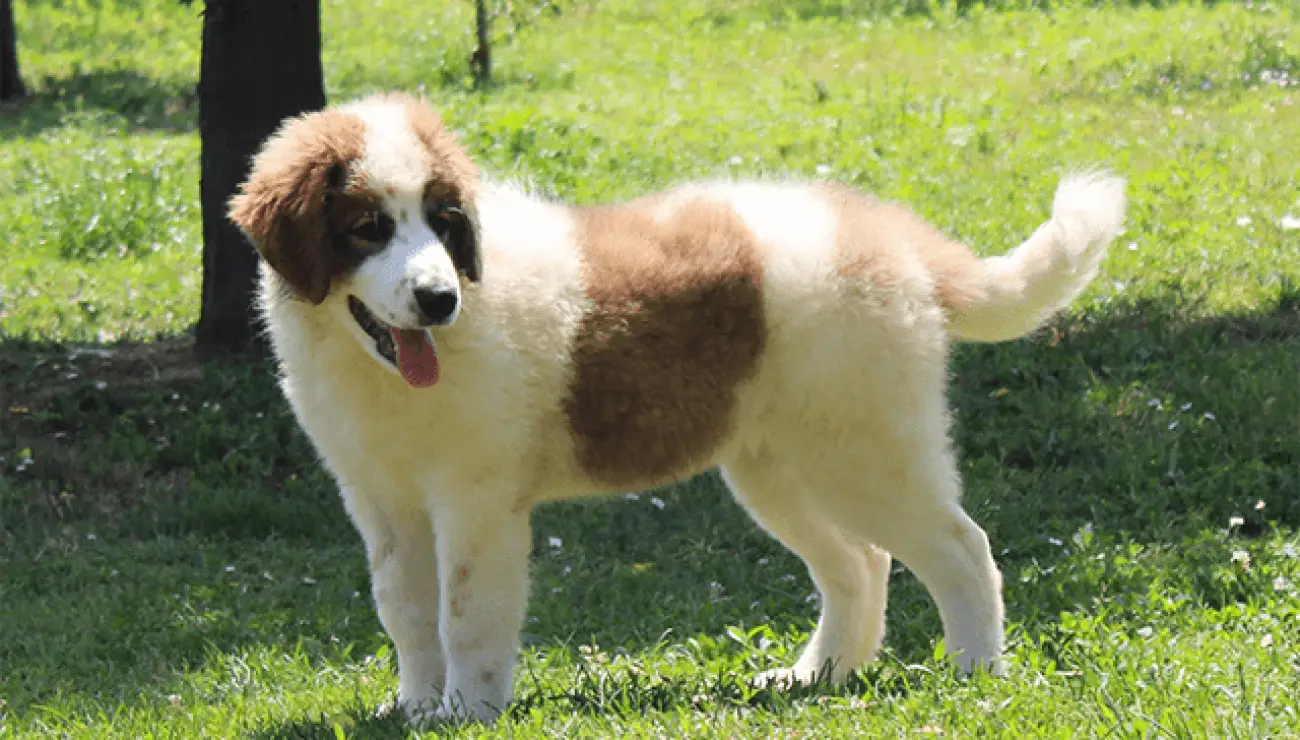
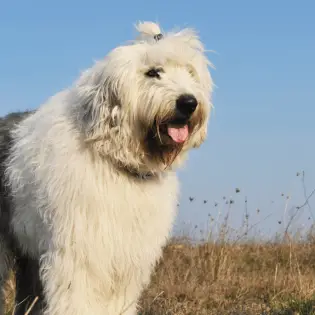
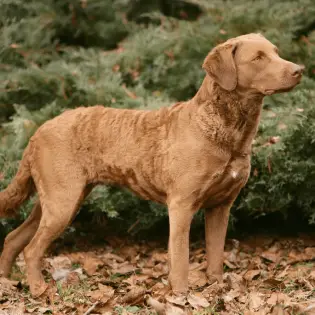
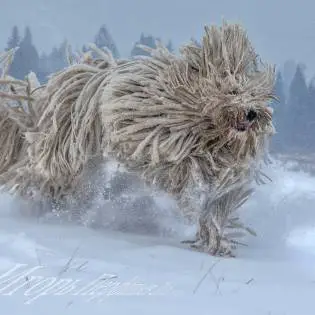
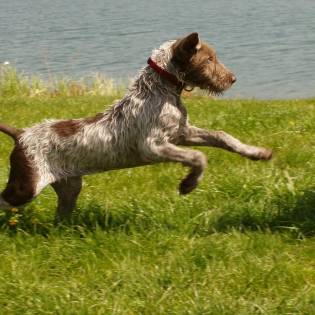
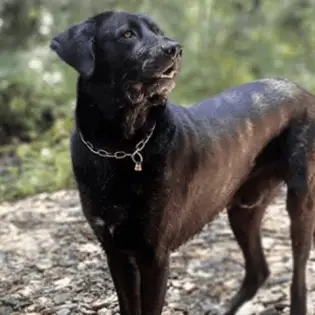
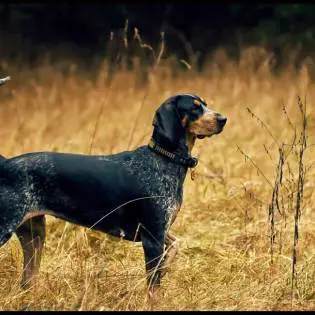
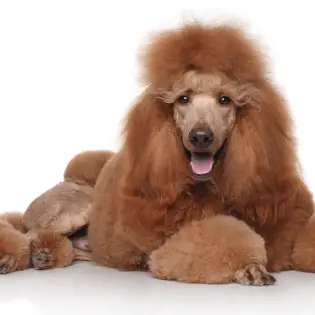
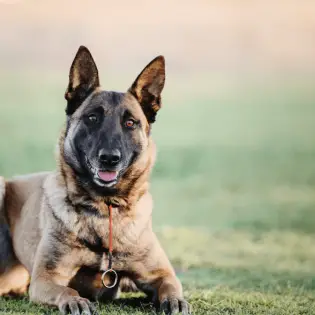
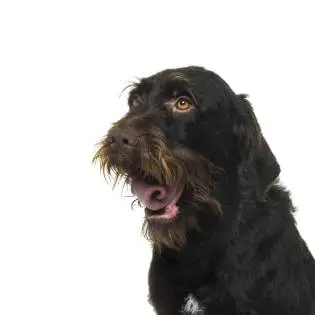
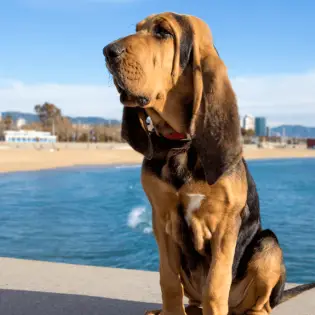

Share